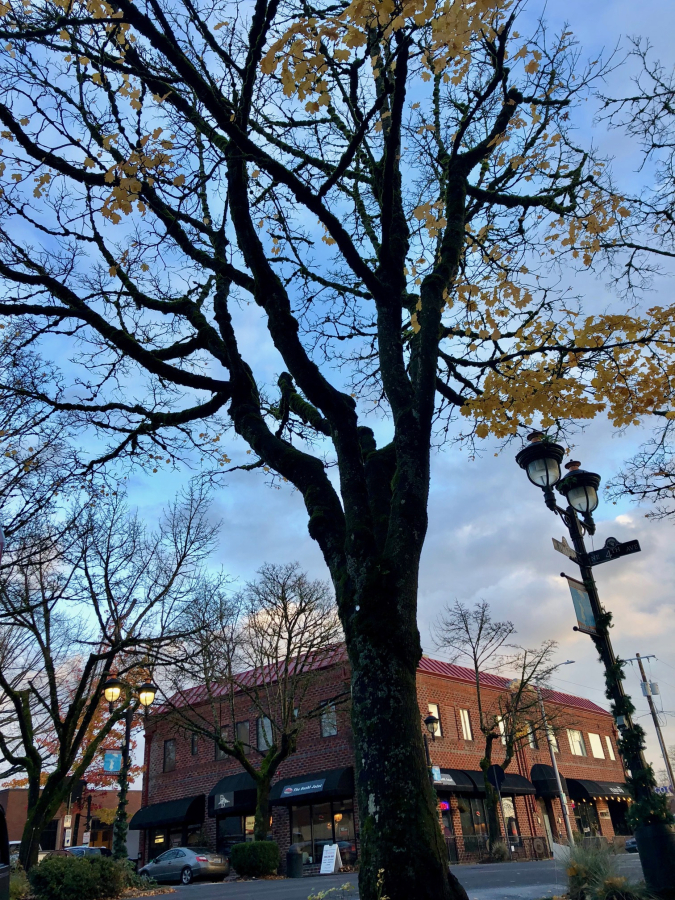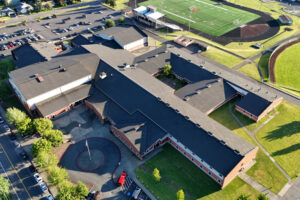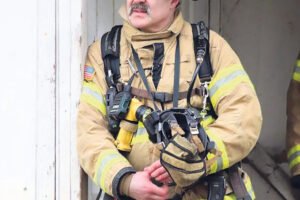A little more than two months after implementing the city’s Urban Tree Program, designed to protect trees in new Camas developments and increase fines for harming trees in open spaces and park lands, city leaders in Camas are considering further protections for the city’s tree canopy.
This time, however, the focus is on Camas’ older or more unique trees.
Unlike its neighbors in Vancouver and Portland, the city of Camas currently has no established “heritage tree” program in place to preserve trees that have unique value or characteristics. After dozens of community members turned out to an August public hearing on the Urban Tree Program to decry what they said was a rapid “de-treeing” of Camas over the past decade, city councilors asked Camas staff to gather information about “heritage tree” programs that might better protect the town’s more noteworthy trees.
On Nov. 19, Camas Senior Planner Sarah Fox, the architect behind Camas’ new Urban Tree Program, presented councilors with an overview public programs that focus on “heritage trees.”
Cities use different names for these kinds of programs, Fox said, pointing out that Portland and Vancouver both use “Heritage Tree Program,” while cities on the East Coast, including New York City, tend to call these trees “great trees.” In Olympia, Washington’s capital, the program refers to “landmark trees.”
Regardless of what they’re called, Fox noted, these programs all seem to share common traits: there is a tree board or commission that sets the standards and rules, a registry of trees, land owners must grant permission for the tree to be included on the registry, there are protections in place for these trees and penalties for harming them.




